Home>Garden Essentials>How To Harvest Cilantro Seeds
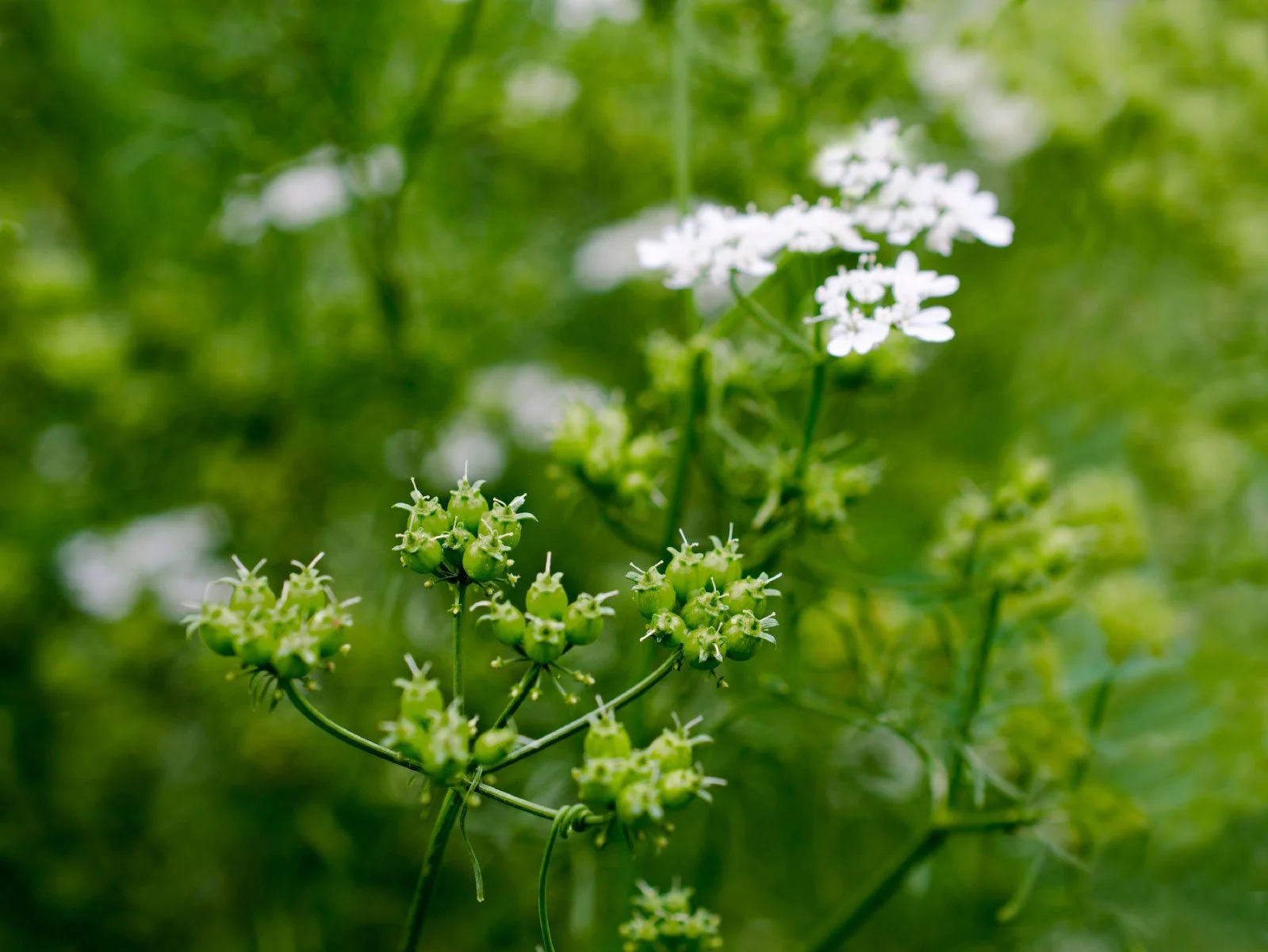

Garden Essentials
How To Harvest Cilantro Seeds
Modified: March 15, 2024
Learn the step-by-step process of harvesting cilantro seeds in your garden. Save money and grow your own cilantro plants with our easy-to-follow guide.
(Many of the links in this article redirect to a specific reviewed product. Your purchase of these products through affiliate links helps to generate commission for Storables.com, at no extra cost. Learn more)
Introduction
Welcome to this guide on how to harvest cilantro seeds! Cilantro, also known as coriander or Chinese parsley, is a versatile herb that adds a unique flavor to many dishes. While most people are familiar with using cilantro leaves in cooking, its seeds are another prized culinary ingredient. Cilantro seeds have a distinct aroma and taste that can elevate the flavor profile of your dishes. In addition to their culinary uses, cilantro seeds are also used in herbal medicine for their numerous health benefits.
If you have a cilantro plant in your garden and want to make the most of it, learning how to harvest the seeds is a skill worth knowing. By harvesting cilantro seeds, you can enjoy the delicious and aromatic flavors they bring to your culinary creations, as well as save seeds for future planting. So, let’s dive into the process of harvesting cilantro seeds and discover the joy of homegrown goodness!
Key Takeaways:
- Harvesting cilantro seeds is cost-effective, ensures freshness, and allows control over the growing process. It’s a rewarding experience that connects you with nature and provides a continuous supply of flavorful seeds for cooking.
- To harvest cilantro seeds, wait for the plant to go to seed, then carefully collect and dry the seed pods. Store the seeds in a cool, dry place, and enjoy the satisfaction of growing your own seeds for future use.
Read more: How To Plant Cilantro Seeds
Why Harvest Cilantro Seeds?
You may be wondering why it’s worth the effort to harvest cilantro seeds when you can easily buy them from the store. While store-bought cilantro seeds are readily available, there are several reasons why harvesting your own cilantro seeds is a great idea:
- Cost-effective: Buying cilantro seeds can add up over time, especially if you use them frequently in your cooking. By harvesting your own seeds, you can save money in the long run.
- Freshness and quality: When you harvest cilantro seeds from your own plants, you can ensure their freshness and quality. Store-bought seeds may have been sitting on shelves for a while, potentially losing some of their potency.
- Control over the growing process: When you grow your own cilantro plants and harvest the seeds, you have complete control over the growing process. You can use organic methods, avoid pesticides, and ensure the seeds are of a high standard.
- Preserving heirloom varieties: If you have a heirloom variety of cilantro that you adore, harvesting the seeds allows you to preserve and continue growing that specific strain. This is especially important for gardeners who cherish specific flavor profiles or characteristics of certain cilantro varieties.
- Gardening satisfaction: Harvesting your own cilantro seeds can be a rewarding experience. It allows you to connect with nature, experience the full life cycle of the plant, and gives you a sense of accomplishment as a gardener.
Now that you know why it’s worthwhile to harvest cilantro seeds, let’s move on to the next section to find out when it’s the best time to do so.
When to Harvest Cilantro Seeds
Timing is key when it comes to harvesting cilantro seeds. It’s important to wait until the cilantro plant has gone to seed before collecting the seeds. Here are some key indicators to help you determine when it’s the right time to harvest:
- Flower appearance: Cilantro plants will produce delicate white or pale pink flowers as they transition to seed production. Keep an eye out for these flowers as they are a clear indication that the plant is ready to produce seeds.
- Seed formation: After the flowers have bloomed, the plant will start forming seed pods. These pods are small and elongated, resembling tiny green beads. Wait until the seed pods have turned brown and developed a dry, papery texture. This indicates that the seeds inside are fully mature and ready for harvesting.
- Timing: The timing for harvesting cilantro seeds can vary depending on your location and climate. In general, cilantro plants will take around 4 to 6 weeks after flowering to produce mature seeds. It’s important to closely observe your plants and monitor the progress of seed formation.
Keep in mind that cilantro is a fast-growing herb and can quickly transition from flowering to seed production. Regularly check your plants to ensure you harvest the seeds at the right time. Waiting too long may result in the seeds scattering naturally, reducing your yield.
Now that you know when to harvest cilantro seeds, let’s move on to the next section to discover the tools and materials you’ll need for the harvesting process.
Tools and Materials Needed
Before you embark on harvesting cilantro seeds, gather the necessary tools and materials to ensure a smooth and efficient process. Here are the items you’ll need:
- Gloves: It’s a good idea to wear gardening gloves to protect your hands while handling the cilantro plants and seeds.
- Pruning shears or scissors: You’ll need a sharp pair of pruning shears or scissors to cut the cilantro stems and seed heads.
- Basket or container: Use a basket or container to collect the harvested seed heads. Make sure it’s large enough to hold a substantial amount of seeds.
- Paper bags or envelopes: Use paper bags or envelopes to store and dry the harvested seed heads. These allow for proper air circulation, preventing mold and mildew from forming.
- Labels and markers: It’s helpful to label your paper bags or envelopes with the date and variety of cilantro seeds you’re harvesting. This will make it easier to organize and identify your seeds later on.
- Cool, dry place: Find a cool, dry place to dry the cilantro seed heads. This can be indoors, such as a well-ventilated room or a shady spot in your garden.
- Plant labels: If you plan to save cilantro seeds for future planting, consider using plant labels to mark the location of the cilantro plants. This will help you easily identify and locate them when it’s time to sow the seeds.
Having these tools and materials ready will ensure a hassle-free and organized cilantro seed harvesting process. Now that you’re prepared, let’s move on to the step-by-step instructions for harvesting cilantro seeds.
Step 1: Let Cilantro Plants Go to Seed
The first step in harvesting cilantro seeds is to allow the cilantro plants to go to seed. This is the natural process where the plant produces flowers and ultimately develops seed heads. Follow these steps:
- Observe the plants: Keep a close eye on your cilantro plants as they mature. Look for the formation of small white or pale pink flowers. This is a sign that the plant is transitioning from the vegetative stage to producing seeds.
- Avoid early harvesting: It’s crucial to resist the temptation to harvest the cilantro leaves too early. If you cut back the plant too soon, before it has a chance to develop flowers and seeds, you won’t have a yield of cilantro seeds.
- Promote flowering: To encourage the cilantro plants to produce flowers and go to seed, make sure they receive adequate sunlight and water. Provide regular watering to keep the soil moist, as dry conditions can prevent seed production.
- Monitor seed development: Once the flowers have bloomed, you’ll notice small seed pods starting to form. These green seed pods will gradually mature and turn brown over time. Watch the progression of seed development closely to ensure you harvest them at the right stage.
- Patience is key: Depending on the weather and growing conditions, it may take around 4 to 6 weeks after flowering for the cilantro seeds to fully mature. Be patient and let nature take its course to ensure a bountiful harvest of flavorful cilantro seeds.
By allowing the cilantro plants to go to seed, you’re giving them the chance to complete their life cycle and provide you with a plentiful supply of seeds. Once the seed heads have matured, you’re ready to move on to the next step: harvesting the cilantro seeds. Let’s explore this in the following section.
After cilantro flowers, wait for seeds to turn brown. Cut the stems and hang them upside down in a paper bag to catch the seeds as they dry and fall.
Read more: How To Sow Cilantro Seeds
Step 2: Harvesting Cilantro Seed Pods
Now that the cilantro seed pods have matured and turned brown, it’s time to harvest them. Follow these steps to collect the ripe cilantro seed pods:
- Prepare your tools: Put on your gardening gloves and grab a pair of pruning shears or scissors. This will make it easier to cut the cilantro stems and seed heads.
- Select the seed heads: Carefully inspect the cilantro plants and identify the seed heads that are fully mature. The seed heads should have turned brown and feel dry and papery to the touch.
- Hold the stem: Hold the stem of the cilantro plant firmly with one hand to stabilize it while you cut the seed heads with the other hand.
- Trim the seed heads: Using your pruning shears or scissors, cut the cilantro seed heads just above the point where they meet the stem. Make clean cuts to avoid damaging the seeds inside.
- Collect the seed heads: As you cut each seed head, place it gently into a basket or container. This will prevent the seeds from scattering and help keep them organized.
- Continue harvesting: Move systematically through your cilantro plants, cutting and collecting the mature seed heads. Take your time to ensure you don’t miss any ripe seed pods.
- Safety precautions: It’s important to be mindful of your surroundings while harvesting cilantro seed pods. Watch out for insects, thorns, or other potential hazards that may be present in your garden.
By following these steps, you can efficiently harvest a plentiful supply of cilantro seed pods. Once you have gathered all the seed heads, it’s time to move on to the next step: drying the cilantro seeds. We’ll explore this process in the following section.
Step 3: Drying Cilantro Seeds
After harvesting the cilantro seed pods, it’s important to properly dry them before storing. Drying the seeds ensures that they have low moisture content, which helps prevent mold or mildew development during storage. Follow these steps to dry your cilantro seeds:
- Prepare a drying area: Find a cool, dry, and well-ventilated area to dry the cilantro seeds. This can be a room in your house or a shaded spot in your garden. Avoid areas with high humidity or direct sunlight.
- Spread out the seed heads: Take the harvested cilantro seed heads and spread them out in a single layer on a clean, dry surface, such as a tray or a piece of paper.
- Air circulation: Ensure that there is proper air circulation around the seed heads. This helps expedite the drying process and reduces the risk of moisture buildup.
- Dry for at least two weeks: Allow the cilantro seed heads to dry naturally for at least two weeks. During this time, the seeds inside the pods will continue to dry and become more brittle.
- Check for dryness: After two weeks, check the cilantro seeds for dryness. Gently squeeze a few seeds between your fingers to see if they crumble easily. If they do, the seeds are sufficiently dry and ready for storage.
- Extended drying period: If the cilantro seeds still feel slightly moist after two weeks, give them more time to dry. Check them periodically until they reach the desired dryness.
Properly dried cilantro seeds will have a crisp texture and a darker color. Once your seeds are dry, it’s time to move on to the final step: storing them for future use. Let’s explore this in the next section.
Step 4: Storing Cilantro Seeds
After drying the cilantro seeds, it’s important to store them properly to maintain their quality and viability. Follow these steps to store your cilantro seeds:
- Clean the seeds: Before storing the seeds, it’s a good idea to remove any remaining debris or chaff. Gently rub the dried seed heads between your hands to separate the seeds from the pods.
- Choose storage containers: Select suitable containers for storing the cilantro seeds. Glass jars with airtight lids or paper envelopes are excellent options.
- Label the containers: To avoid confusion, label each container with the variety and date of the harvested cilantro seeds. This will help you identify and keep track of your seeds.
- Place the seeds in the containers: Transfer the cleaned cilantro seeds into the labeled containers. Fill them up to about 80% capacity to leave some room for air circulation.
- Store in a cool, dry place: Find a cool and dark location to store your cilantro seeds. A pantry or a kitchen cabinet away from direct sunlight and moisture is ideal.
- Avoid temperature fluctuations: It’s important to store the cilantro seeds in a place with a consistent temperature. Fluctuations in temperature can affect the seed viability and reduce their shelf life.
- Check for viability: Periodically check your stored cilantro seeds for viability. You can perform a germination test by planting a few seeds in a pot or tray to ensure they are still capable of sprouting.
- Rotate your seed stock: To maintain the best seed quality and freshness, it’s a good practice to use your stored cilantro seeds within 1 to 2 years. After this period, consider harvesting new seeds to replenish your stock.
By following these steps, you can store your cilantro seeds properly and ensure their longevity for future planting or culinary use. Now that you’ve mastered the art of harvesting and storing cilantro seeds, let’s explore some additional tips and precautions to keep in mind.
Tips and Precautions
As you embark on your journey of harvesting and storing cilantro seeds, here are some valuable tips and precautions to keep in mind:
- Choose healthy plants: Select sturdy and healthy cilantro plants for seed production. Healthy plants are more likely to produce robust and viable seeds.
- Save seeds from multiple plants: To increase genetic diversity and improve the chances of successful germination, it’s recommended to save seeds from multiple cilantro plants.
- Harvest in small batches: Instead of harvesting all the cilantro seeds at once, consider harvesting them in small batches. This allows you to enjoy a continuous supply of fresh seeds throughout the growing season.
- Store in airtight containers: To preserve the quality and prevent moisture absorption, store your cilantro seeds in airtight containers or jars.
- Avoid moisture: Moisture can degrade the quality of cilantro seeds and lead to mold or mildew growth. Ensure that the seeds are completely dry before storing them.
- Keep seeds away from pests: Store your cilantro seeds in a location where they are safe from pests like rodents and insects. Consider using pest-proof containers or adding organic pest repellents near the storage area.
- Carefully label and organize: Properly label and organize your stored cilantro seeds to avoid confusion and ensure easy access when needed.
- Share your seeds: If you have an abundance of cilantro seeds, consider sharing them with fellow gardeners or seed swap programs to promote biodiversity and community sharing.
- Research local laws: Be aware of any local regulations or restrictions regarding seed-saving and sharing. Certain regions may have specific rules regarding the exchange of seeds.
- Experiment and have fun: Don’t be afraid to experiment with different cilantro varieties and growing techniques. Enjoy the process and have fun exploring the world of cilantro seed harvesting!
With these tips and precautions in mind, you are well-equipped to embark on the journey of harvesting, drying, and storing cilantro seeds. Enjoy the satisfaction of growing your own seeds and the pleasure they will bring to your culinary endeavors!
Happy harvesting!
Read more: How Long Cilantro Germinate
Conclusion
Congratulations! You’ve reached the end of this comprehensive guide on how to harvest cilantro seeds. By learning the process of harvesting, drying, and storing cilantro seeds, you can enjoy the flavors and benefits of this versatile herb in your dishes and even save seeds for future planting.
From understanding why it’s worthwhile to harvest cilantro seeds to knowing the optimal time to harvest, you now have the knowledge to confidently embark on this gardening journey. Remember to be patient and observant as you wait for the cilantro plants to go to seed and carefully harvest the mature seed pods. Properly drying and storing the seeds will ensure their longevity and quality.
Throughout this guide, we’ve provided you with valuable tips and precautions to enhance your cilantro seed harvesting experience. These tips, such as selecting healthy plants, avoiding moisture, and organizing your stored seeds, will help you make the most of your harvest.
So go ahead and immerse yourself in the joy of homegrown goodness. Experiment with different cilantro varieties, share your seeds with fellow gardeners, and revel in the satisfaction of harvesting and using your own cilantro seeds in your culinary creations.
Thank you for joining us on this journey to learn how to harvest cilantro seeds. Happy harvesting and happy gardening!
Frequently Asked Questions about How To Harvest Cilantro Seeds
Was this page helpful?
At Storables.com, we guarantee accurate and reliable information. Our content, validated by Expert Board Contributors, is crafted following stringent Editorial Policies. We're committed to providing you with well-researched, expert-backed insights for all your informational needs.
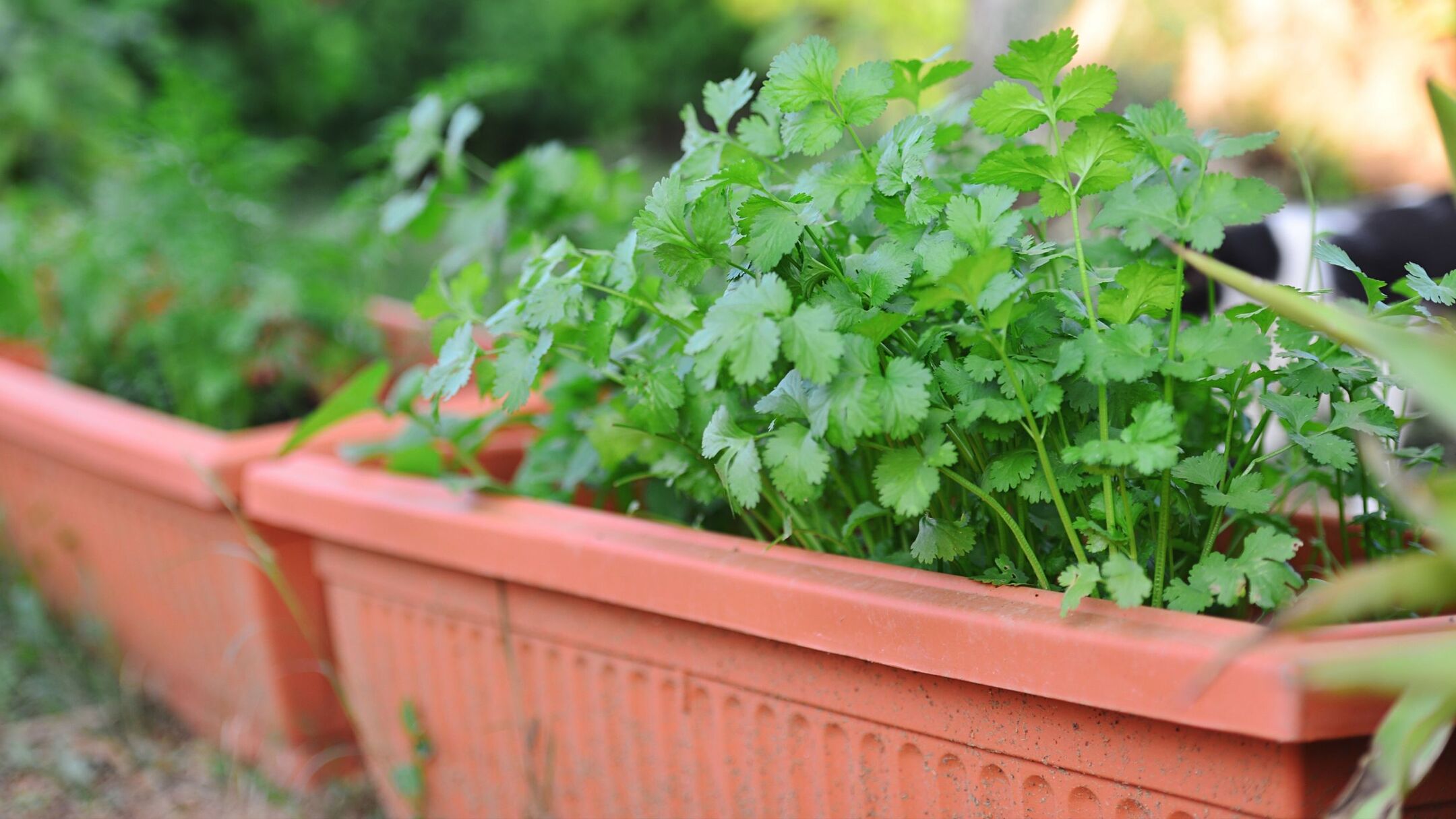
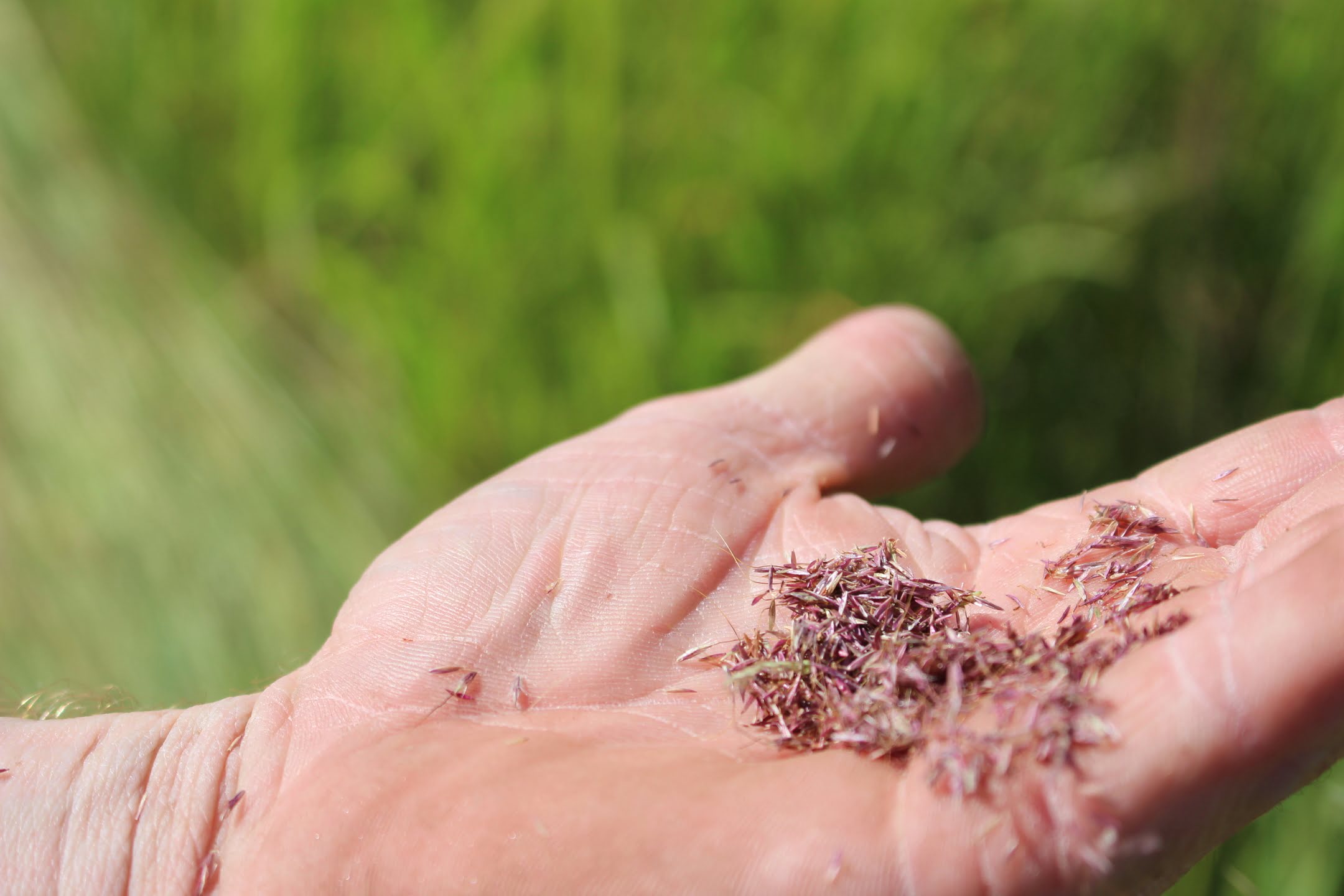
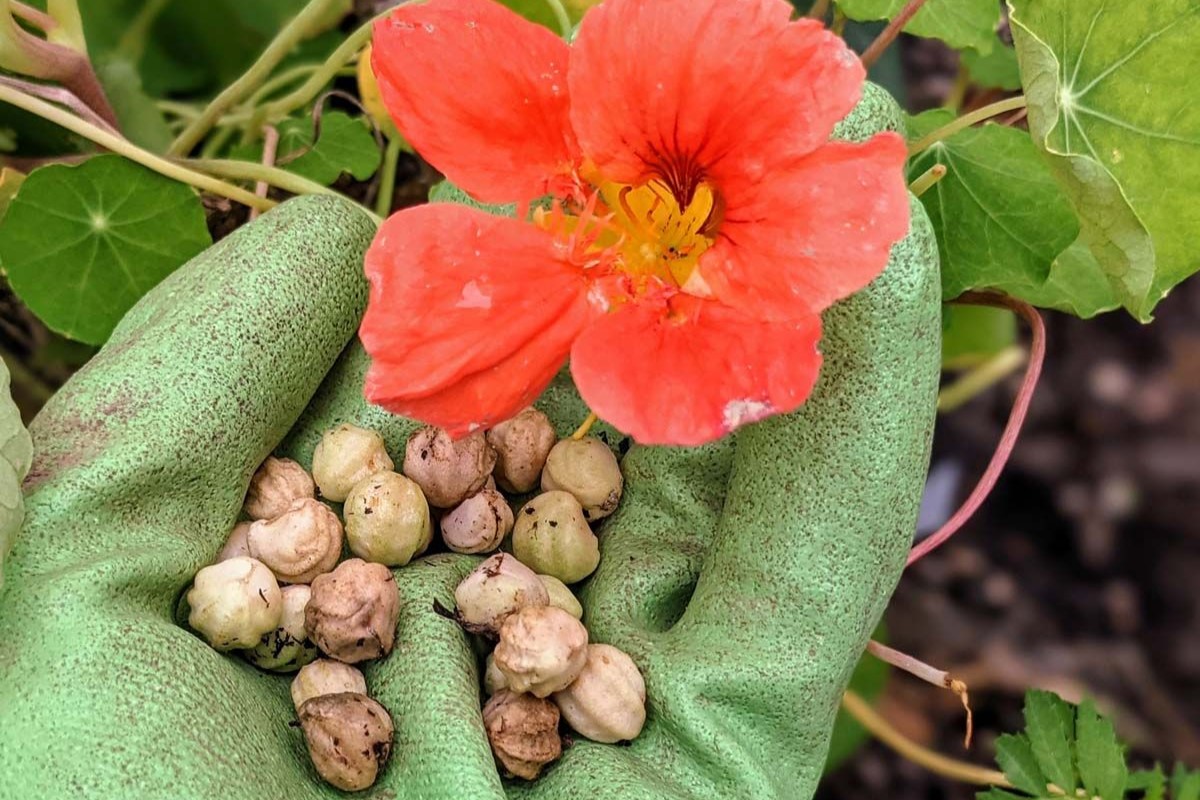
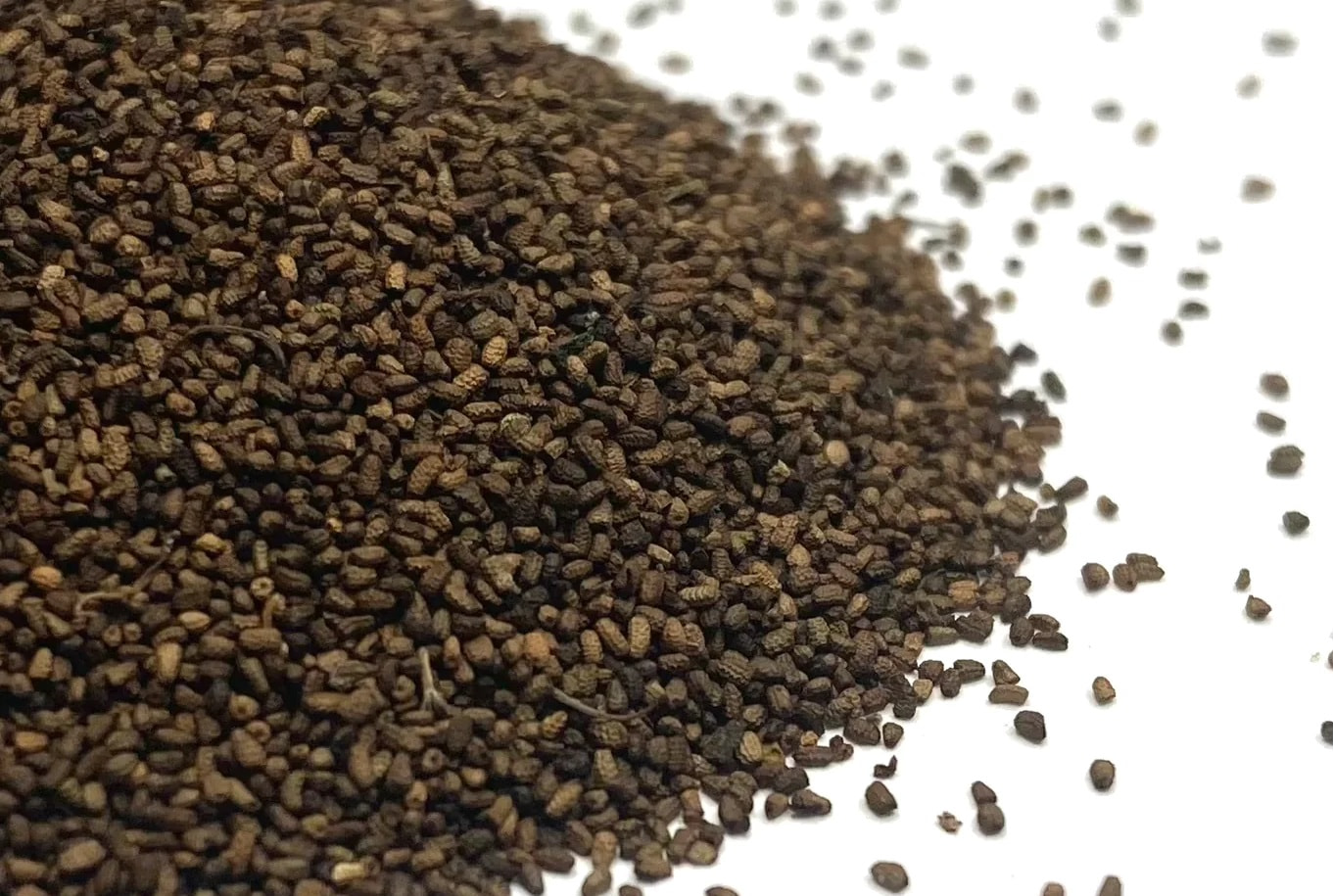
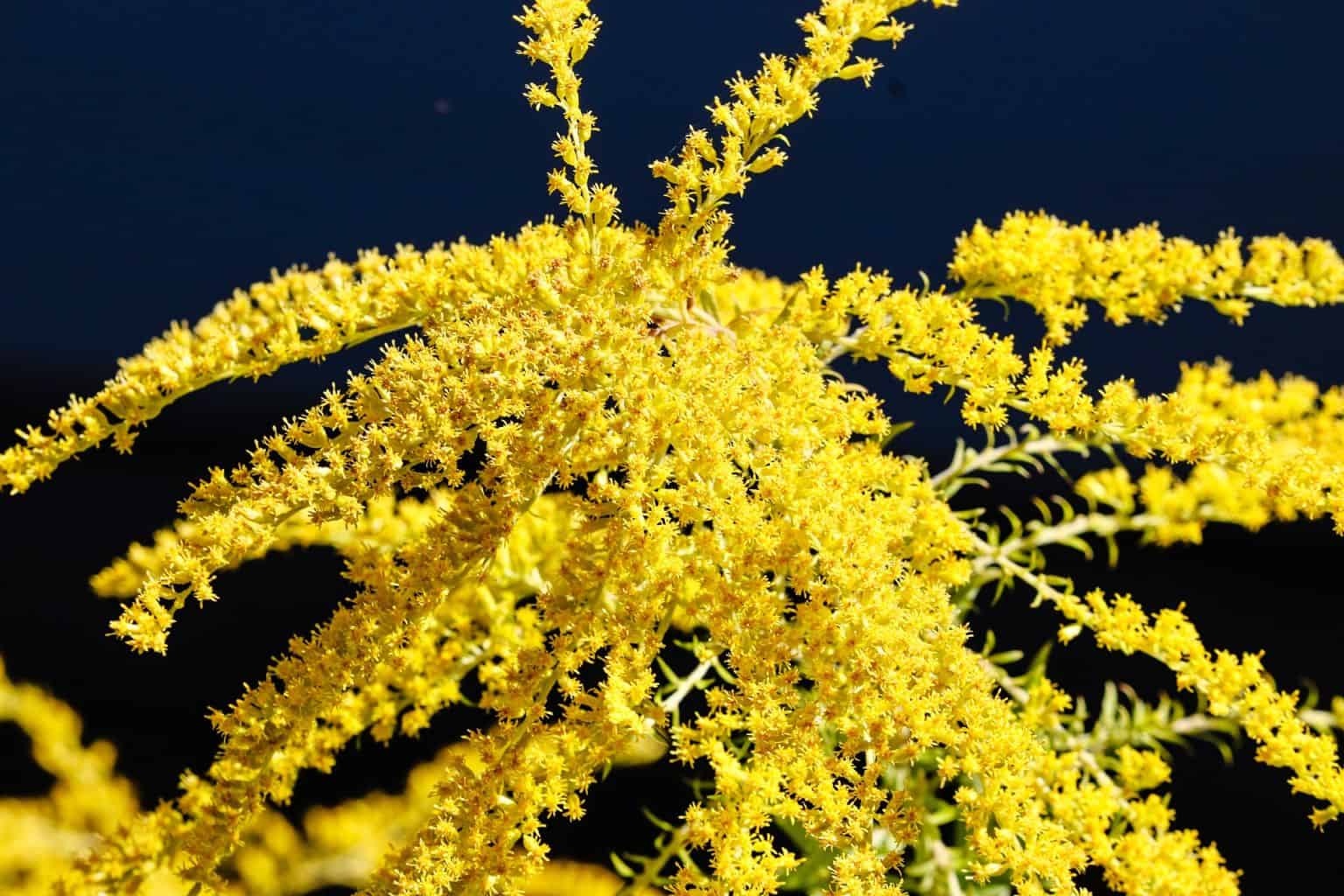
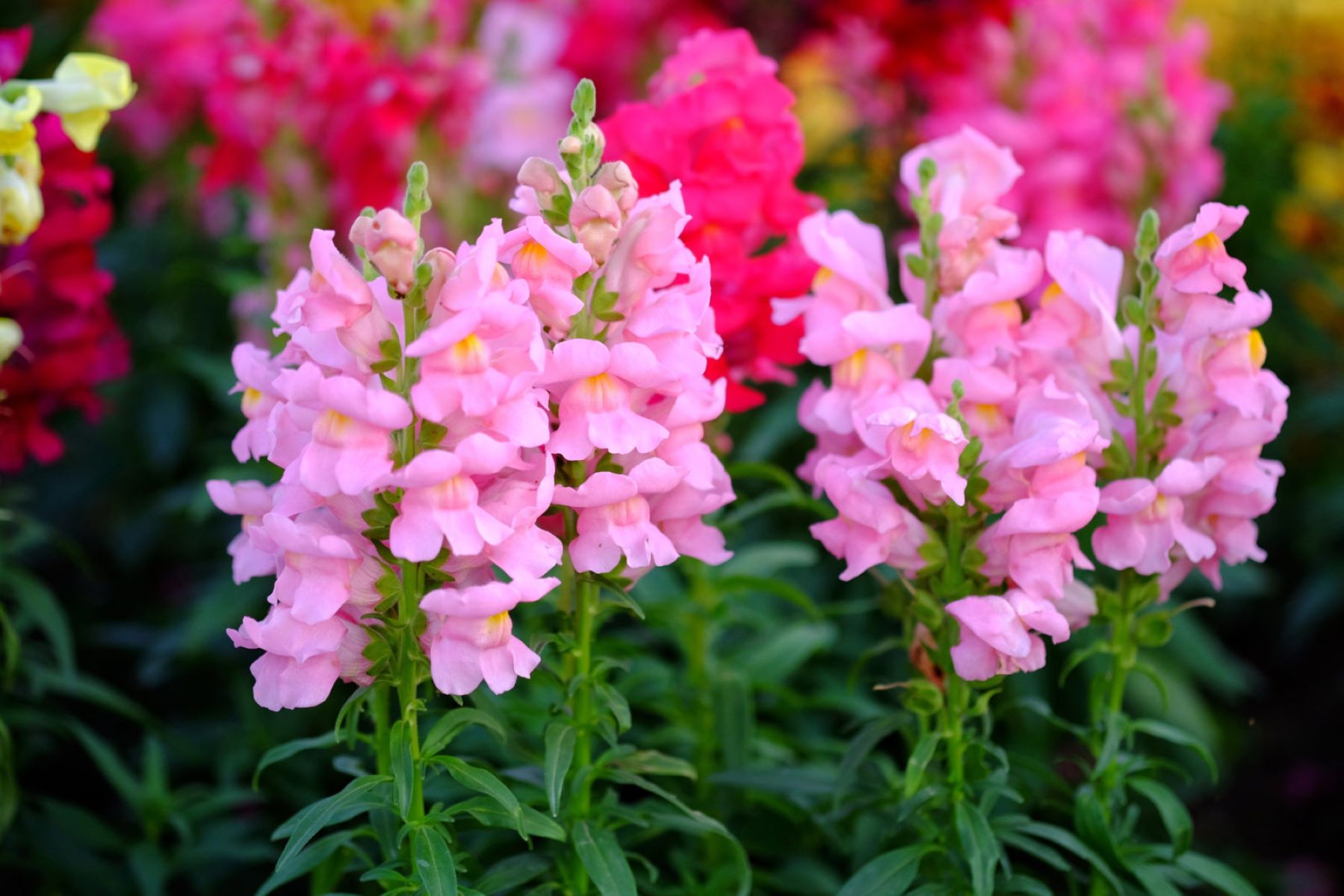
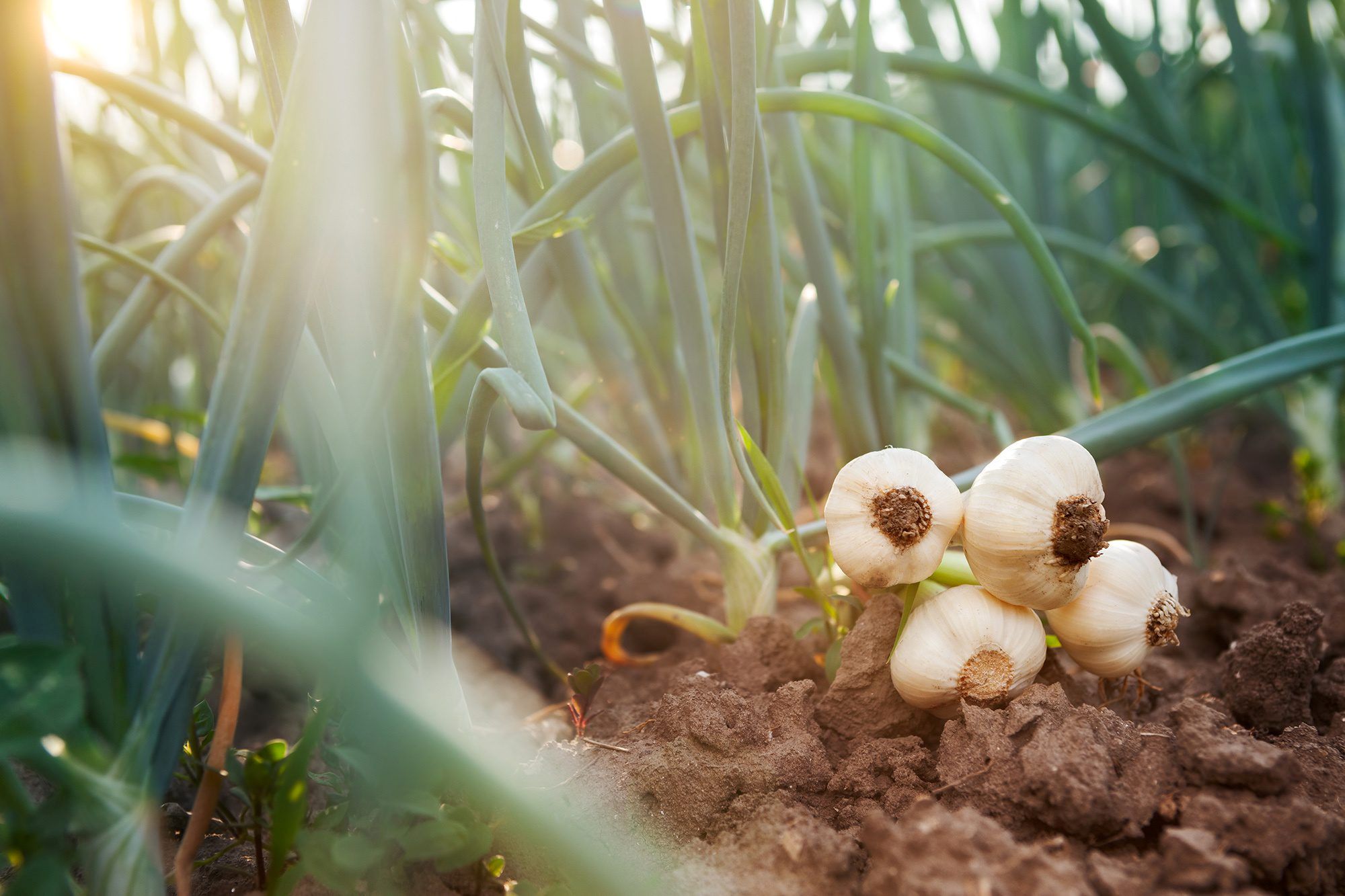
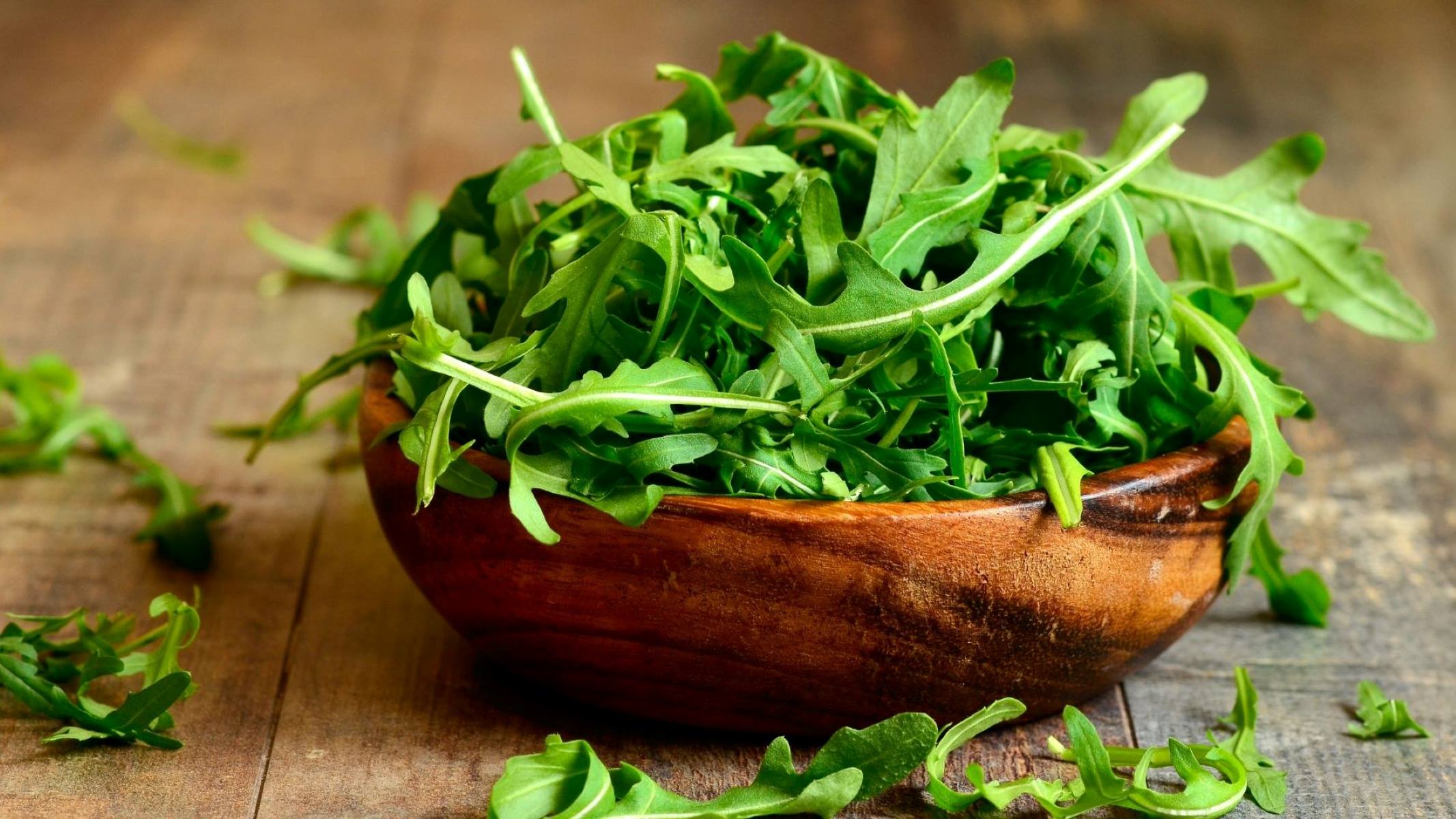
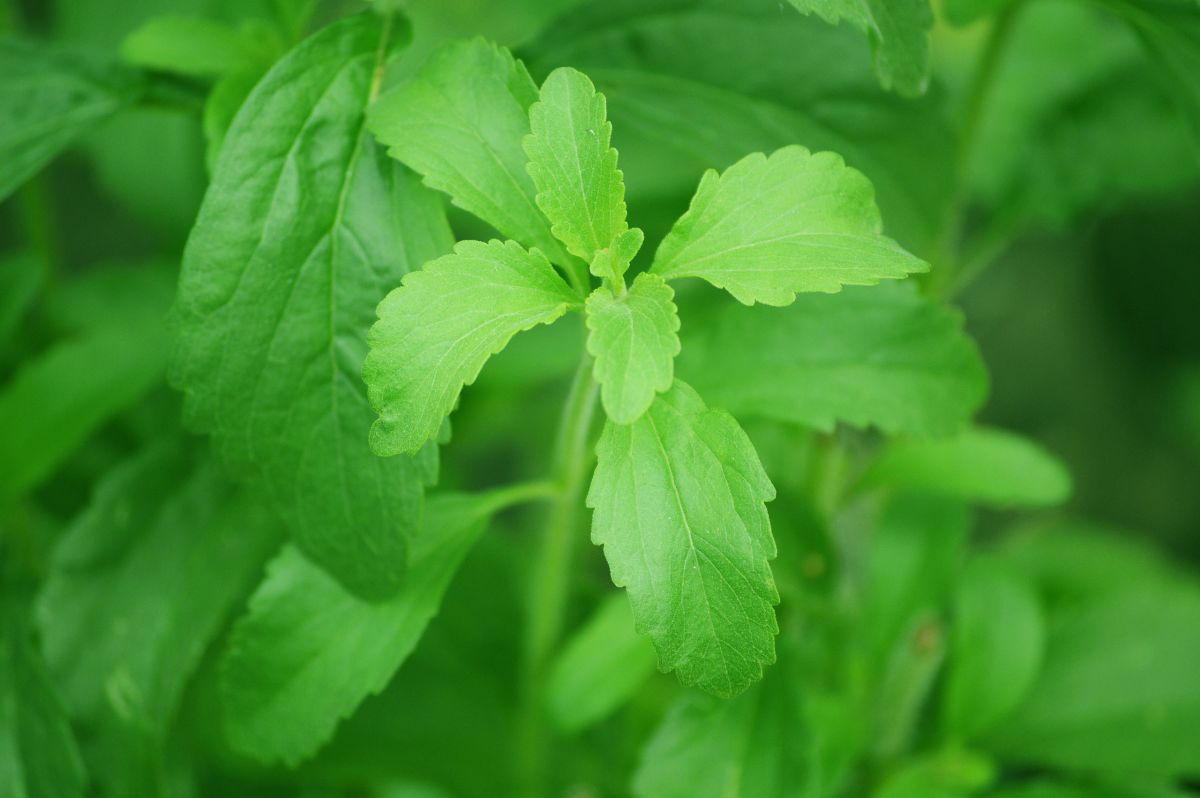
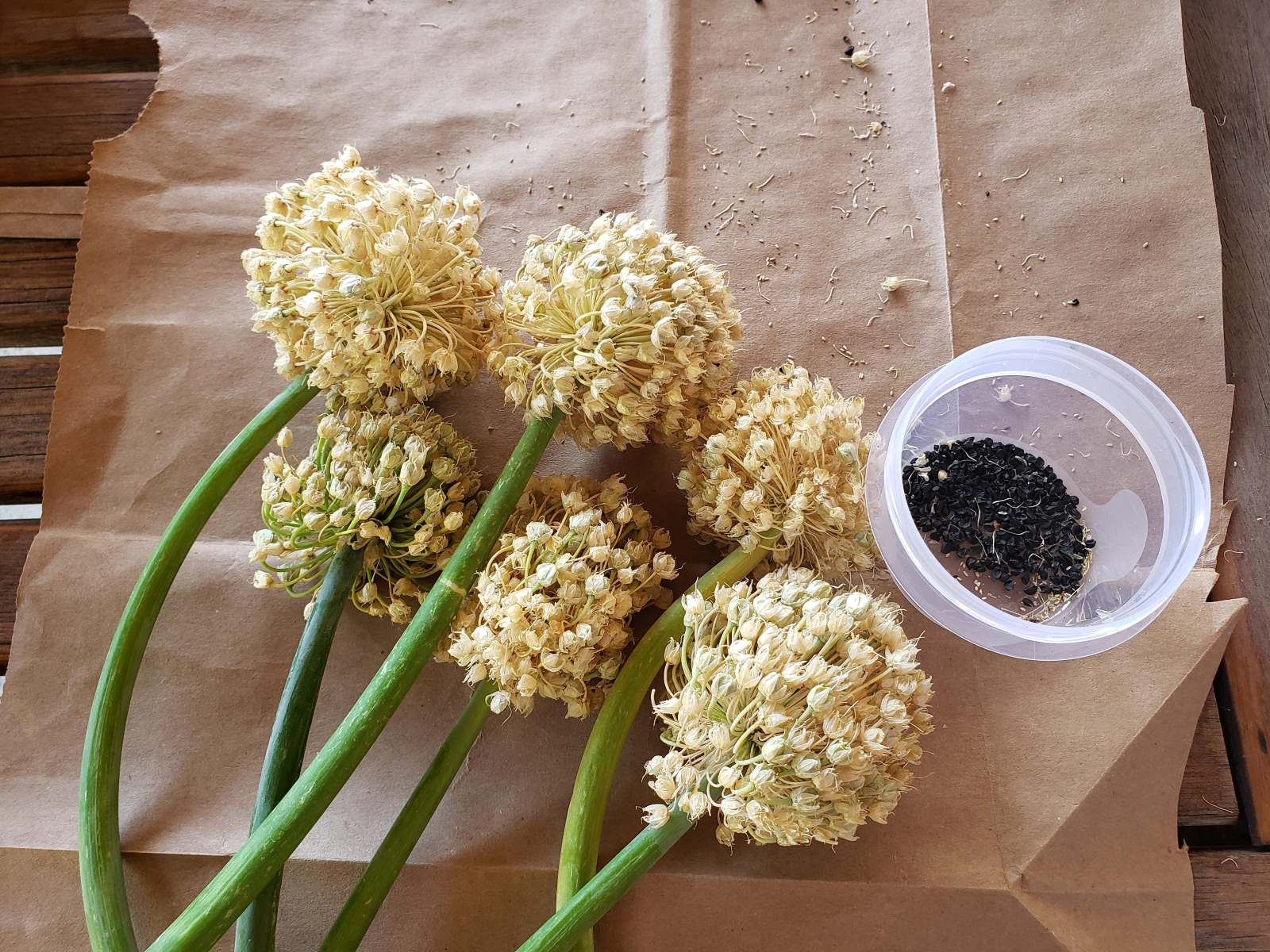
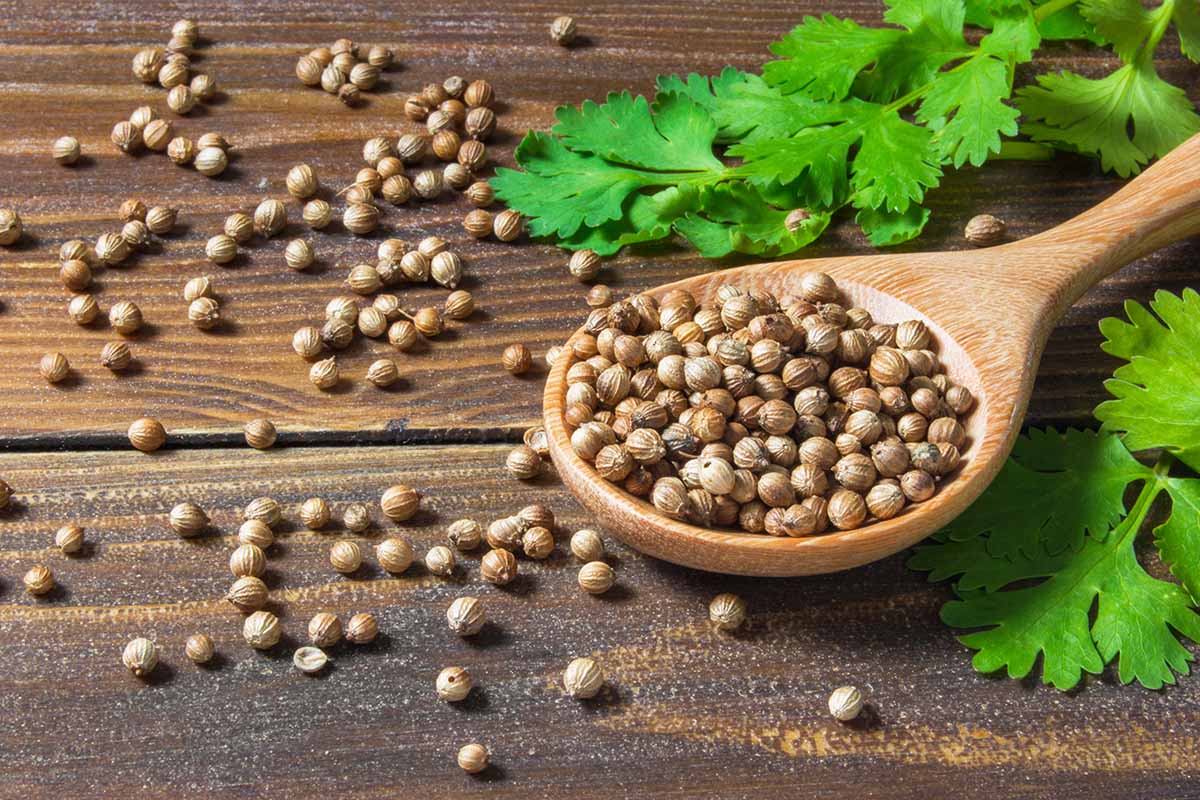
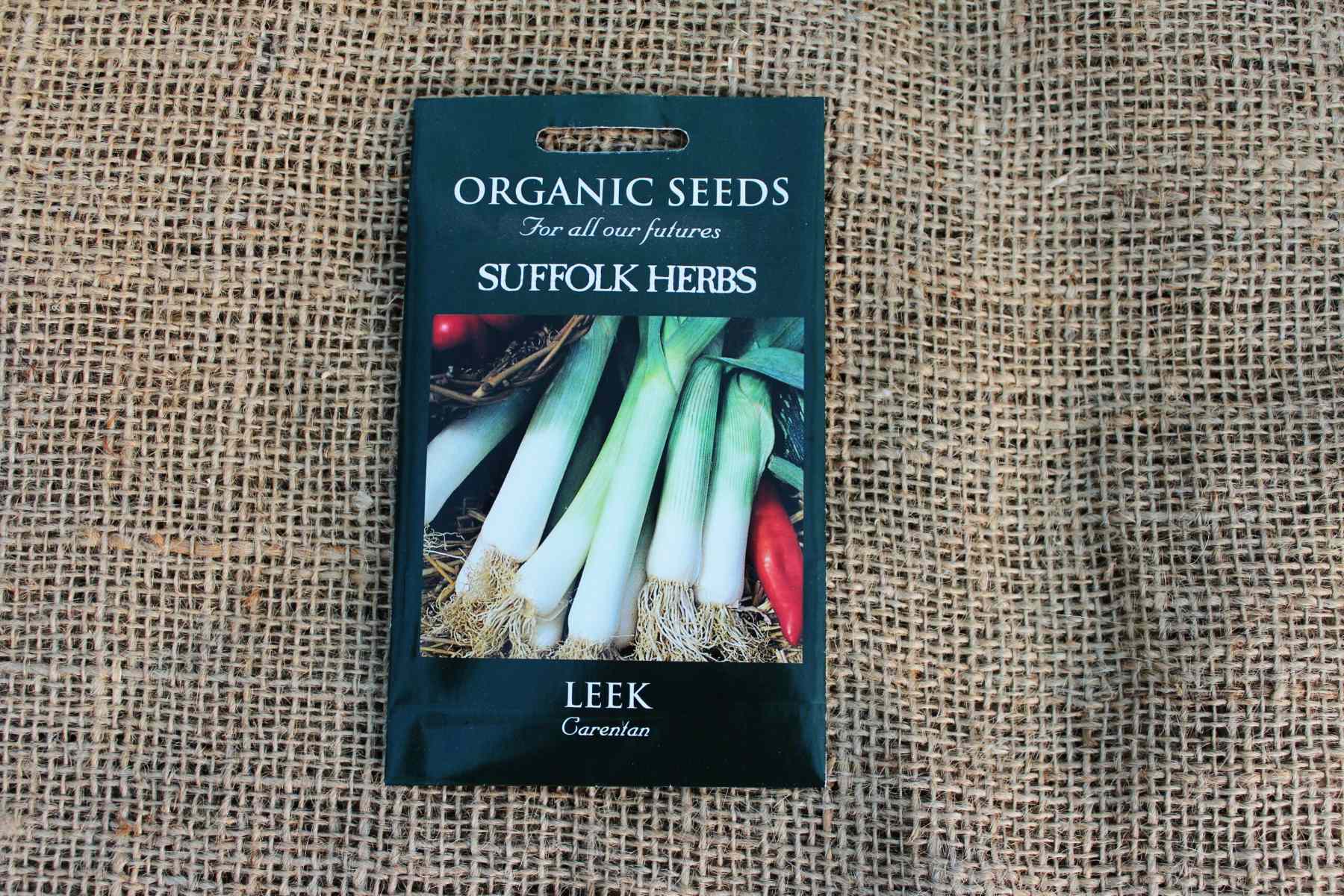
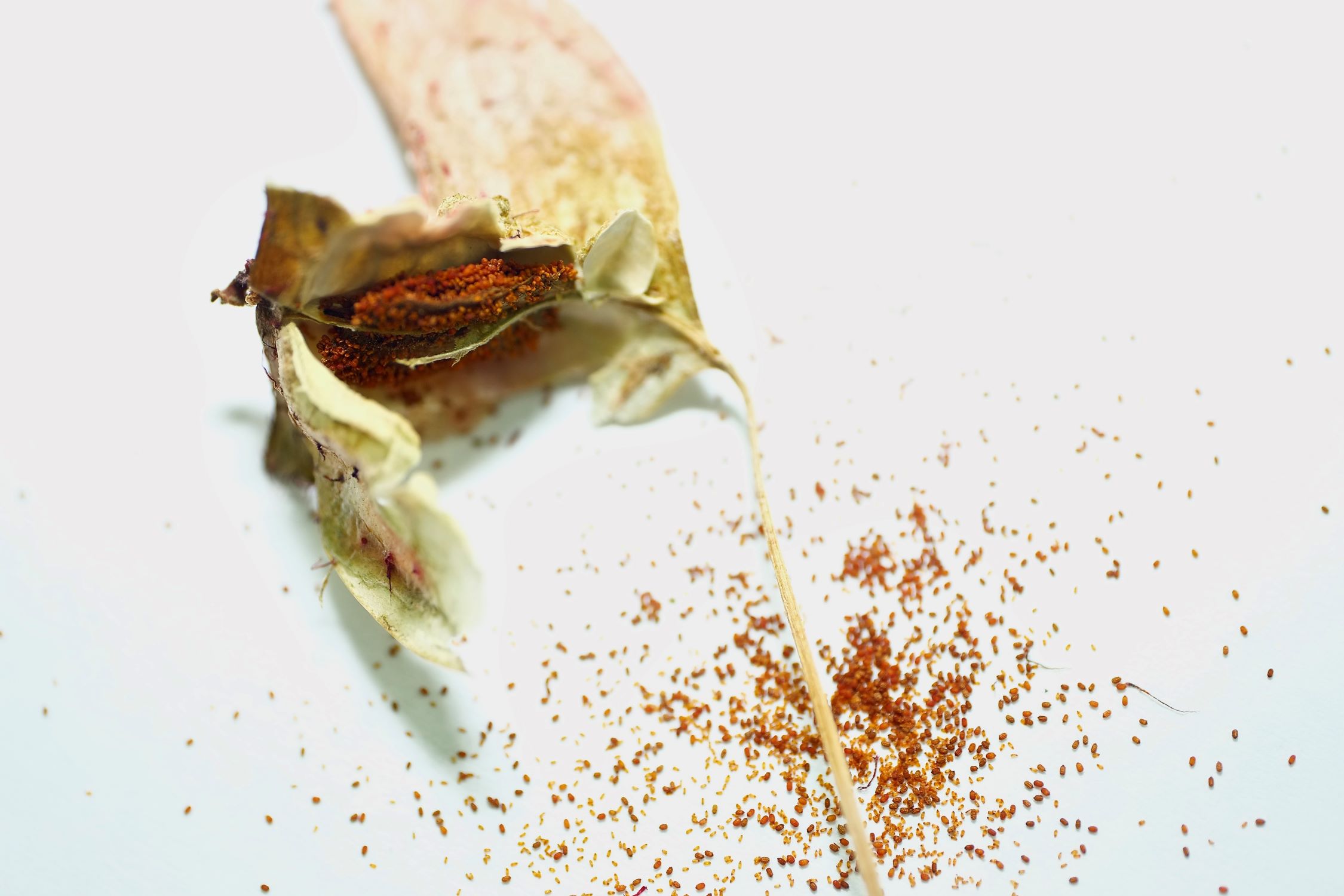

0 thoughts on “How To Harvest Cilantro Seeds”